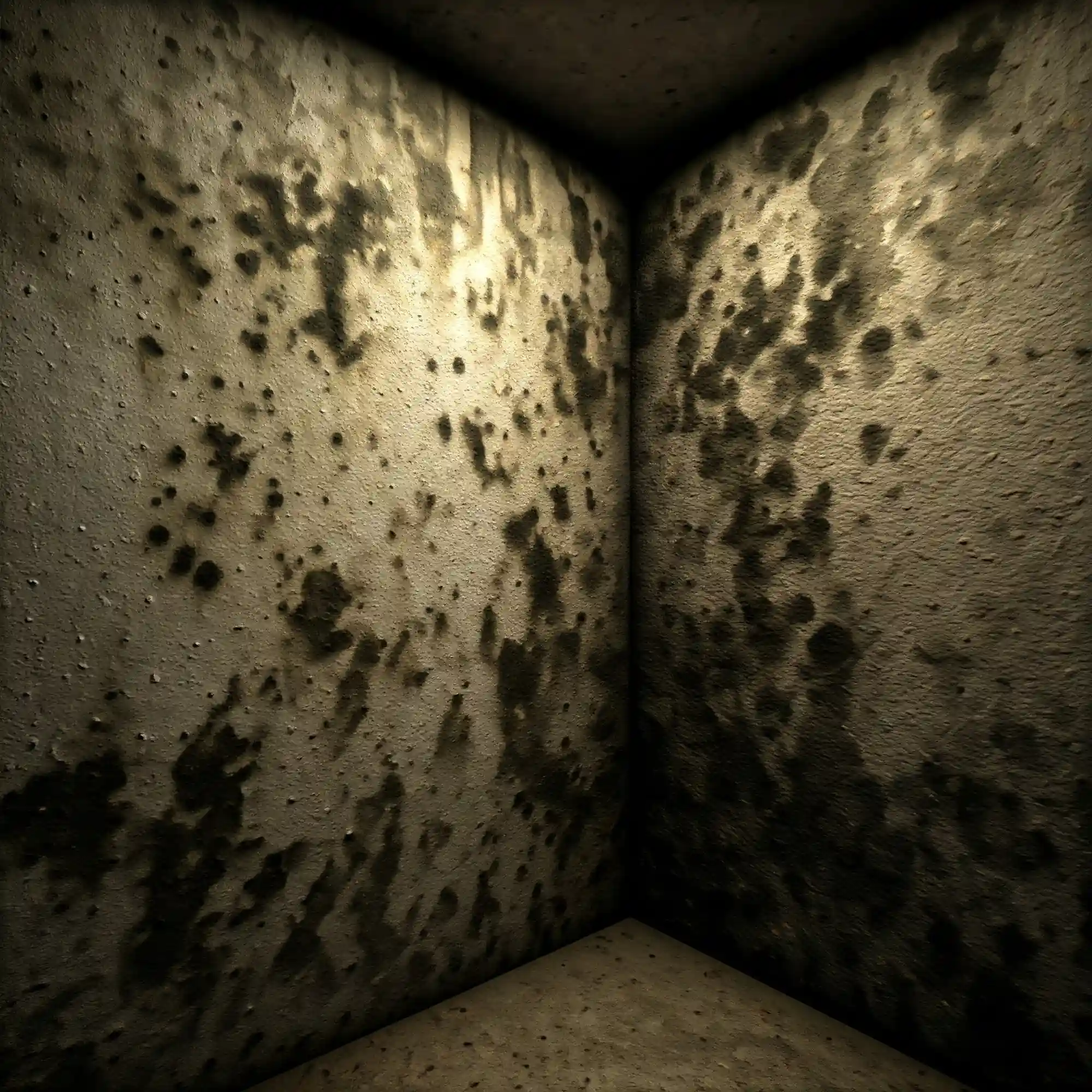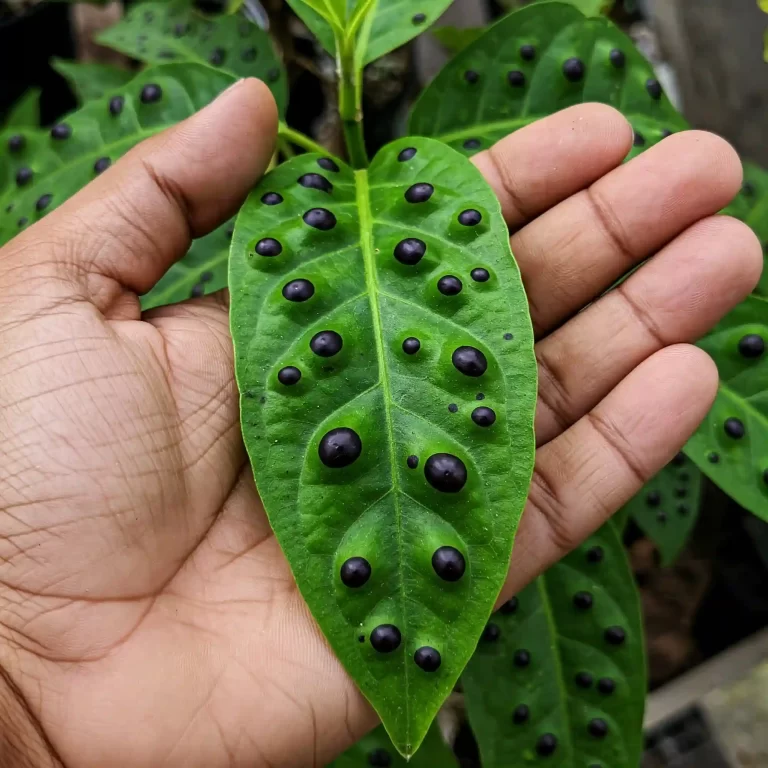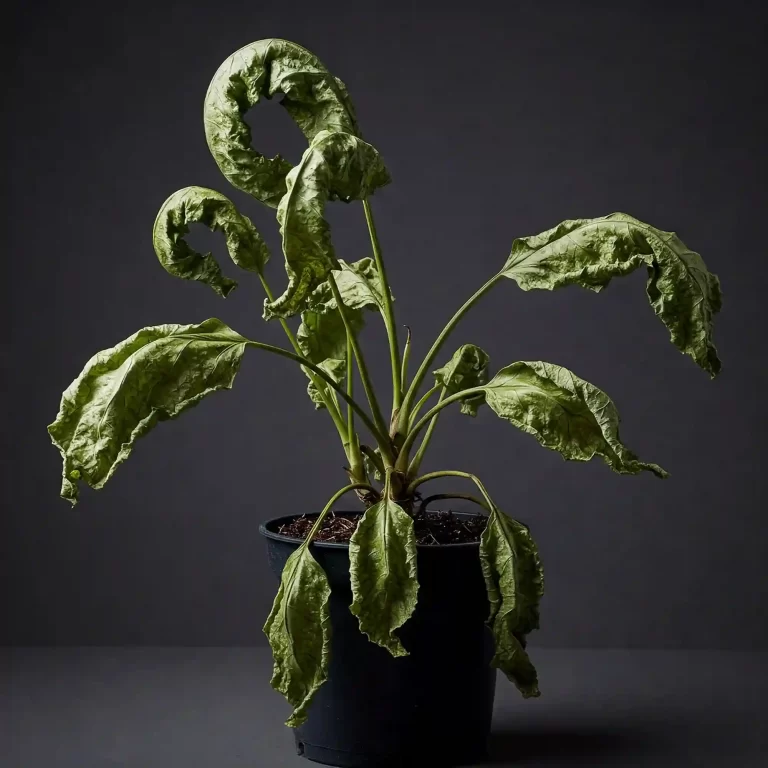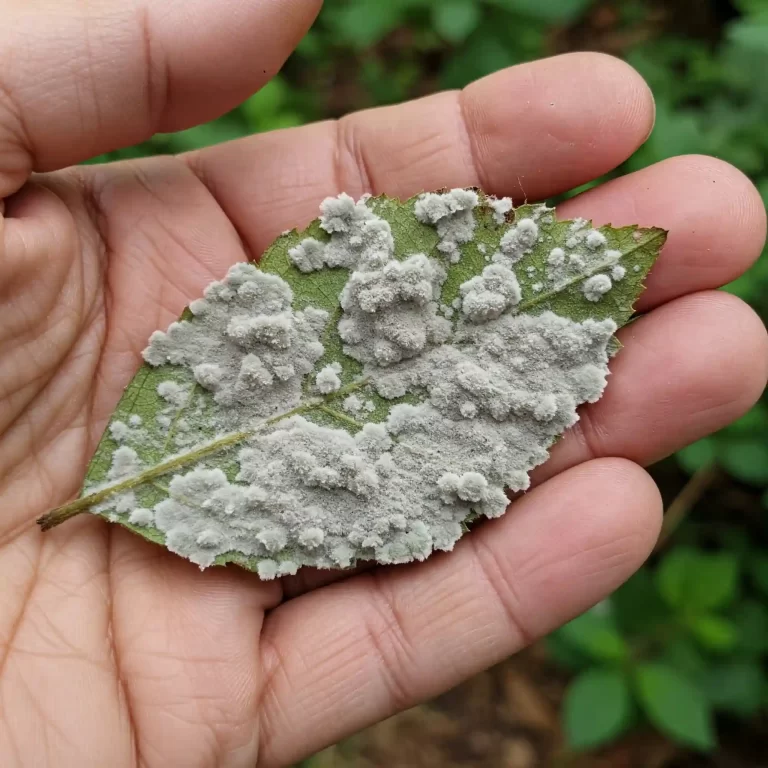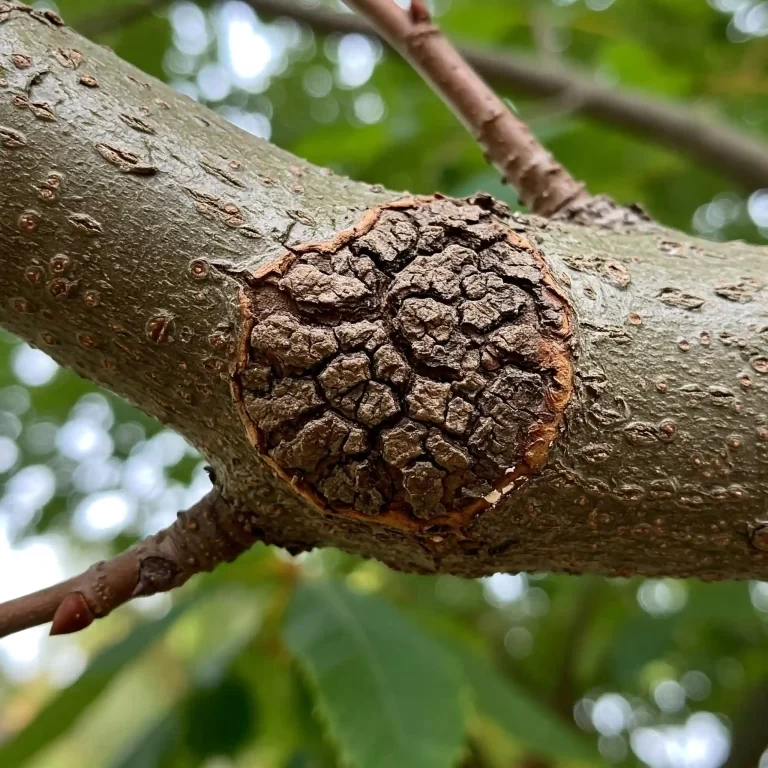Black head mold, scientifically known as Stachybotrys chartarum (sometimes also referred to as Stachybotrys atra), is a type of microfungus belonging to the class Sordariomycetes. It’s classified as a filamentous fungus, meaning it grows in thread-like structures called hyphae, which collectively form a mycelium (the visible mold growth). What makes black head mold particularly concerning is its ability to produce mycotoxins, toxic substances that can have detrimental effects on human and animal health.
I want to emphasize that not all black-colored molds are Stachybotrys chartarum. Many other mold species can appear dark, making accurate identification crucial. This is why I always recommend getting professional testing if you’re unsure.
Key characteristics of Black Head Mold:
- Color: Typically dark greenish-black or black, sometimes with a slimy or greasy appearance when wet. As it dries, it can appear powdery.
- Texture: Often described as slimy or fuzzy when actively growing in damp conditions. When dry, it may appear powdery or sooty.
- Growth Pattern: It usually grows in circular or irregular patches and can spread rapidly under favorable conditions.
- Odor: Often associated with a musty, earthy, or stale odor. This smell is a strong indicator of mold presence, even before it becomes visually apparent.
The Science Behind Black Head Mold:
The growth of Stachybotrys chartarum depends on specific environmental conditions. It thrives in environments with high moisture levels (relative humidity above 60%), poor ventilation, and the presence of cellulose-rich materials. These materials provide the necessary nutrients for the mold to grow and reproduce. These materials include:
- Drywall: The paper facing of drywall is an excellent food source.
- Wood: Especially untreated or damp wood.
- Paper and Cardboard: Including wallpaper and insulation backing.
- Textiles: Such as carpets, upholstery, and fabrics.
- Insulation: Especially if it has become wet.
Mycotoxins and Their Impact:
The production of mycotoxins is a complex process influenced by environmental factors such as temperature, humidity, and nutrient availability. These mycotoxins are secondary metabolites, meaning they are not directly involved in the mold’s growth and reproduction but can have significant biological effects.
Common Mycotoxins Produced by Black Head Mold:
- Trichothecenes: These are potent toxins that can inhibit protein synthesis and cause various health problems.
- Satratoxins: These are another group of mycotoxins associated with Stachybotrys chartarum and are believed to contribute to its toxicity.
It’s important to understand that the level of mycotoxin production can vary depending on the specific strain of mold, the growth conditions, and the duration of growth.
Differentiating Black Head Mold from Other Molds:
As I mentioned, not all black-colored molds are Stachybotrys chartarum. Several other common household molds can appear dark, including:
- Aspergillus niger: This mold is often black but can also be brown or yellow. It’s commonly found on food and in indoor environments.
- Cladosporium: This mold is typically dark green or black and is often found on plants, soil, and damp surfaces.
- Alternaria: This mold is usually dark brown or black and is commonly found outdoors on plants and in soil.
Table: Comparison of Common Black-Colored Molds
| Mold Type | Typical Color | Texture | Common Locations | Mycotoxin Production |
| Stachybotrys chartarum | Greenish-black/Black | Slimy/Fuzzy/Powdery | Damp drywall, wood, paper, cellulose materials | Yes |
| Aspergillus niger | Black/Brown/Yellow | Powdery | Food, indoor environments, damp areas | Yes (some strains) |
| Cladosporium | Dark Green/Black | Powdery | Plants, soil, damp surfaces, textiles | Yes (some species) |
| Alternaria | Dark Brown/Black | Powdery | Outdoor plants, soil, damp indoor areas | Yes (some species) |
This table helps illustrate the key differences between these molds. However, visual identification alone is not sufficient. If you suspect black head mold, professional testing is the most reliable way to confirm its presence.
Importance of Professional Testing:
While visual identification and descriptions can be helpful, I strongly advise against attempting to identify mold solely based on appearance. Professional mold testing involves collecting samples (air, surface, or bulk samples) and analyzing them in a laboratory to accurately identify the specific mold species present. This is crucial for determining the appropriate remediation strategy and assessing potential health risks.
Identifying Black Head Mold: What Does It Look Like?
Identifying black head mold can be tricky, as it often resembles other types of mold. However, there are some key characteristics that can help you distinguish it:
- Color: Black head mold is typically dark greenish-black or black. It may appear slimy or greasy when wet and may have a powdery or sooty texture when dry.
- Texture: The texture of black head mold can vary depending on the moisture level. It may appear slimy or fuzzy when wet and may have a dry, powdery, or sooty texture when dry.
- Growth Pattern: Black head mold tends to grow in circular or irregular patches. It may start as small spots and spread quickly under favorable conditions.
- Location: Black head mold thrives in damp, cellulose-rich environments. It is commonly found on drywall, wood, paper, and textiles.
Distinguishing Black Head Mold from Other Molds:
Several other types of mold can resemble black head mold, including Aspergillus niger, Cladosporium, and Alternaria. Here are some key differences to help you distinguish them:
- Aspergillus niger: This mold is often black but can also be brown or yellow. It typically has a powdery texture and is commonly found on food and in indoor environments.
- Cladosporium: This mold is usually dark green or black and has a powdery texture. It is commonly found on plants, soil, and damp surfaces.
- Alternaria: This mold is typically dark brown or black and has a velvety texture. It is commonly found on plants and in soil.
If you are unsure whether you have black head mold, it is best to consult with a professional mold inspector. They will be able to take samples and identify the specific type of mold present.
7 Shocking Dangers of Black Head Mold Exposure
Black head mold, also known as Stachybotrys chartarum, is a type of mold that can produce toxins called mycotoxins. Exposure to these mycotoxins can lead to a variety of health problems, including:
- Respiratory Problems: Black head mold exposure can irritate the respiratory system, leading to coughing, wheezing, shortness of breath, and other breathing difficulties.
- Allergic Reactions: Mold exposure can trigger allergic reactions in some people, causing symptoms such as sneezing, runny nose, itchy eyes, and skin rashes.
- Asthma Attacks: Mold spores can trigger asthma attacks in people with asthma, even if they are not allergic to mold.
- Sinus Infections: Mold exposure can increase the risk of sinus infections, which can cause facial pain, headaches, and congestion.
- Skin Rashes: Mold exposure can cause skin rashes, including hives, eczema, and other types of dermatitis.
- Eye Irritation: Mold exposure can irritate the eyes, causing redness, itching, and watering.
- Fatigue and Headaches: Mold exposure can cause fatigue, headaches, and other flu-like symptoms.
In severe cases, black head mold exposure can lead to more serious health problems, such as:
- Pneumonia: Mold spores can cause pneumonia, an infection of the lungs.
- Hypersensitivity Pneumonitis: This is a type of lung inflammation that can be caused by exposure to mold spores.
- Pulmonary Hemorrhage: This is a rare but serious condition that can cause bleeding in the lungs.
If you are experiencing any of these symptoms, it is important to see a doctor right away.
In addition to the health problems listed above, black head mold exposure can also lead to:
- Mental Health Problems: Studies have shown that mold exposure can increase the risk of depression, anxiety, and other mental health problems.
- Neurological Problems: Some studies have suggested that mold exposure may be linked to neurological problems, such as memory loss and difficulty concentrating.
- Death: In rare cases, black head mold exposure can be fatal.
It is important to note that not everyone who is exposed to black head mold will experience health problems. The severity of symptoms will vary depending on the individual’s sensitivity to mold, the length of exposure, and the amount of mold present.
If you believe you have been exposed to black head mold, it is important to take steps to remove the mold and prevent further exposure. You should also see a doctor if you are experiencing any health problems that you believe may be related to mold exposure.
Where Does Black Head Mold Grow? Common Hotspots
Black head mold, scientifically known as Stachybotrys chartarum, thrives in damp, dark, and humid environments. It is often found in areas that have experienced water damage or leaks, such as:
- Bathrooms: Bathrooms are a common breeding ground for black head mold due to the high humidity and moisture levels. Mold can grow on shower walls, ceilings, floors, and around leaky pipes.
- Basements: Basements are another common location for black head mold growth due to their dampness and lack of ventilation. Mold can grow on walls, floors, and ceilings, as well as on stored items.
- Crawl spaces: Crawl spaces are often damp and poorly ventilated, making them ideal for mold growth. Mold can grow on the walls, floors, and ceilings of crawl spaces, as well as on insulation and other materials stored there.
- Attics: Attics can also be prone to mold growth, especially if they are not properly ventilated. Mold can grow on the roof sheathing, insulation, and other materials stored in the attic.
- Areas around leaks: Black head mold can also grow in areas around leaks, such as under sinks, around toilets, and near leaky roofs.
In addition to these common locations, black head mold can also grow on other materials, such as:
- Drywall: Drywall is a porous material that can easily absorb moisture, making it a prime location for mold growth.
- Wood: Wood is another porous material that can support mold growth. Mold can grow on wood framing, furniture, and other wooden items.
- Carpet: Carpets can trap moisture and provide a breeding ground for mold. Mold can grow on the carpet fibers, as well as on the padding underneath.
- Insulation: Insulation can also trap moisture and provide a food source for mold. Mold can grow on the insulation itself, as well as on the surrounding materials.
If you suspect that you have black head mold in your home, it is important to take steps to remove it immediately. Black head mold can cause a variety of health problems, including respiratory problems, allergies, and asthma attacks. It is also important to prevent black head mold from growing back by addressing the underlying moisture problem.
Here are some tips for preventing black head mold growth:
- Keep your home clean and dry.
- Fix any leaks or water damage immediately.
- Ventilate your home properly.
- Use a dehumidifier to keep humidity levels low.
- Clean and disinfect moldy surfaces regularly.
If you have a serious mold problem, it is best to consult with a professional mold remediation company. They will have the expertise and equipment to safely and effectively remove the mold.
Black Head Mold Removal: A Step-by-Step Guide
Black head mold, or Stachybotrys chartarum, is a type of mold that can produce toxins called mycotoxins. Exposure to these mycotoxins can lead to a variety of health problems, including respiratory problems, allergies, and asthma attacks. If you have black head mold in your home, it is important to take steps to remove it immediately.
Safety First
Before you begin removing black head mold, it is important to take some safety precautions. First, you will need to gather the following supplies:
- Gloves
- Mask
- Goggles
- Cleaning solution
- Scrub brush or sponge
- Trash bags
When you are ready to start cleaning, be sure to wear gloves, a mask, and goggles to protect yourself from mold spores. You should also open windows and doors to ventilate the area.
Cleaning Solutions
There are a variety of cleaning solutions that you can use to remove black head mold. Some common options include:
- Bleach solution: Mix one part bleach to ten parts water.
- Vinegar: Use undiluted white vinegar.
- Baking soda: Make a paste of baking soda and water.
- Commercial mold cleaners: Follow the instructions on the product label.
Scrubbing and Cleaning
Apply the cleaning solution to the moldy surface and scrub with a brush or sponge. Be sure to remove all visible mold. Once you have finished scrubbing, rinse the surface with clean water and dry it thoroughly.
Drying the Area
It is important to dry the area completely to prevent mold from growing back. You can use a fan or dehumidifier to help dry the area.
Professional Remediation
If you have a large area of mold or if you are experiencing health problems from mold exposure, it is best to consult with a professional mold remediation company. They will have the expertise and equipment to safely and effectively remove the mold.
Additional Tips
Here are some additional tips for removing black head mold:
- If you have mold on porous materials, such as drywall or carpet, you will need to remove and replace those materials.
- If you have mold in your HVAC system, you will need to have it professionally cleaned.
- Be sure to address the underlying moisture problem to prevent mold from growing back.
If you have any questions about black head mold removal, please consult with a professional mold remediation company.
Black Head Mold Prevention: Essential Strategies
Black head mold, also known as Stachybotrys chartarum, is a type of mold that can produce toxins called mycotoxins. Exposure to these mycotoxins can lead to a variety of health problems, including respiratory problems, allergies, and asthma attacks. If you have black head mold in your home, it is important to take steps to remove it immediately. However, it is even more important to take steps to prevent black head mold from growing in the first place.
Essential Strategies for Preventing Black Head Mold Growth
There are a number of things that you can do to prevent black head mold from growing in your home. Some of the most effective strategies include:
- Control moisture: Black head mold thrives in damp environments. The most important step in preventing mold growth is to control moisture levels in your home. This can be done by fixing leaks, вентилиating your home properly, and using a dehumidifier.
- Keep humidity levels low: Aim to keep the humidity levels in your home below 50%. You can monitor humidity levels with a hygrometer.
- Ventilate your home properly: Make sure that your home is properly вентилиated, especially in areas that are prone to moisture, such as bathrooms and kitchens. You can вентилиate your home by opening windows and doors, and by using exhaust fans.
- Clean and disinfect regularly: Clean and disinfect your home regularly, especially in areas that are prone to moisture. This will help to remove mold spores and prevent them from growing.
- Use mold-resistant products: When you are building or renovating your home, use mold-resistant products, such as mold-resistant drywall and paint.
- Address water damage immediately: If you have any water damage in your home, it is important to address it immediately. This will help to prevent mold from growing.
- Inspect your home regularly: Inspect your home regularly for signs of mold growth. If you see any mold, take steps to remove it immediately.
By following these tips, you can help to prevent black head mold from growing in your home.
Additional Tips for Preventing Black Head Mold Growth
- Use exhaust fans in bathrooms and kitchens.
- Open windows and doors to ventilate your home.
- Use a dehumidifier to keep humidity levels low.
- Fix any leaks or water damage immediately.
- Clean and disinfect moldy surfaces regularly.
- Use mold-resistant products.
- Store items in a dry place.
- Keep your home clean and clutter-free.
If you have any questions about black head mold prevention, please consult with a professional mold remediation company.
Black Head Mold on Plants and in Gardens
Black head mold, also known as Stachybotrys chartarum, is a type of mold that can grow on plants and in gardens. It is often found on decaying plant matter, such as leaves, stems, and fruits. Black head mold can also grow on soil, especially if the soil is damp or has poor drainage.
Identifying Black Head Mold on Plants
Black head mold appears as a dark green or black mold that can be slimy or fuzzy. It may also have a musty odor. The mold can grow on any part of the plant, including the leaves, stems, flowers, and fruits.
Impact of Black Head Mold on Plant Health
Black head mold can cause a variety of problems for plants, including:
- Leaf spots
- Stem rot
- Fruit rot
- Reduced growth
- Death
Control and Management of Black Head Mold on Plants
There are a number of things that you can do to control and manage black head mold on plants. Some of the most effective methods include:
- Remove and destroy infected plant parts.
- Improve air circulation around plants.
- Water plants at the base of the plant, rather than overhead.
- Use a fungicide to control mold growth.
Prevention of Black Head Mold in Gardens
There are also a number of things that you can do to prevent black head mold from growing in your garden. Some of the most effective methods include:
- Improve drainage in your garden.
- Avoid overwatering your plants.
- Remove decaying plant matter from your garden.
- Use a mulch to help prevent mold growth.
Additional Tips for Controlling and Preventing Black Head Mold
- Use a potting mix that is well-draining.
- Sterilize your gardening tools before using them.
- Keep your garden free of weeds and debris.
- Monitor your plants regularly for signs of mold growth.
If you have any questions about black head mold on plants or in gardens, please consult with a professional gardener or plant pathologist.
FAQ: Addressing Your Black Head Mold Concerns
I understand you likely have many questions about black head mold, and I want to address some of the most common ones I receive. Remember, if you have any serious concerns, consulting a professional is always the best course of action.
- How to identify black head mold in my bathroom?
Black head mold in bathrooms often appears as dark, slimy patches on grout, tiles, or around the base of the toilet or sink where moisture accumulates. It can also appear on damp drywall or ceilings. The key is its dark greenish-black color and sometimes slimy texture. If you see this in a damp area of your bathroom, it’s highly suspect. - Best way to remove black head mold from shower grout?
For small areas of mold on shower grout, I recommend a solution of bleach and water (1 part bleach to 10 parts water). Wear gloves, goggles, and a mask for protection. Spray the solution on the grout, let it sit for about 10 minutes, then scrub thoroughly with a stiff brush. Rinse well and ensure the area is completely dry. For more natural options, undiluted white vinegar or a paste of baking soda and water can also be effective, though they may require more scrubbing. - What are the long-term health effects of black head mold exposure?
Long-term exposure to the mycotoxins produced by black head mold can lead to various health problems, including chronic respiratory issues, persistent allergies, worsened asthma, and in some cases, more severe conditions. It’s important to understand that everyone reacts differently, and the severity of symptoms can vary. If you suspect long-term exposure, please consult with a healthcare professional. - How to prevent black head mold growth in humid climates?
Living in a humid climate requires extra vigilance. I recommend using dehumidifiers to maintain indoor humidity below 50%. Ensure proper ventilation by using exhaust fans in bathrooms and kitchens and opening windows when possible. Regularly clean and dry damp areas, and address any leaks promptly. - Black head mold growing under the sink in my kitchen, what to do?
If you find black head mold under your kitchen sink, first identify and fix the source of the moisture (a leaky pipe, perhaps). Then, follow the cleaning steps I mentioned earlier (bleach solution, vinegar, or baking soda paste). If the mold is extensive or has penetrated porous materials like the cabinet itself, you may need to replace those materials. For large infestations, it’s best to call a professional.
Additional Frequently Asked Questions:
- Is all black-colored mold dangerous?
No, not all black-colored mold is Stachybotrys chartarum. Many other molds are black or dark in color, and while some may still cause allergies or other health issues, they are not necessarily the toxic black mold. This is why professional testing is important for accurate identification. - Can I test for black head mold myself?
DIY mold test kits are available, but I find they are often unreliable in identifying the specific type of mold. They can confirm the presence of mold, but not definitively identify Stachybotrys. Professional testing is more accurate and provides valuable information for remediation. - When should I call a professional mold remediator?
I advise calling a professional if:- The mold infestation is large (more than 10 square feet).
- You are experiencing significant health problems that you suspect are related to mold exposure.
- The mold is in a difficult-to-access area, such as inside walls or HVAC systems.
- You are uncomfortable handling mold removal yourself.
This FAQ section aims to address the most pressing questions you might have. Remember, prevention is key. By controlling moisture and maintaining a clean and dry environment, you can significantly reduce the risk of black head mold growth in your home and garden.
